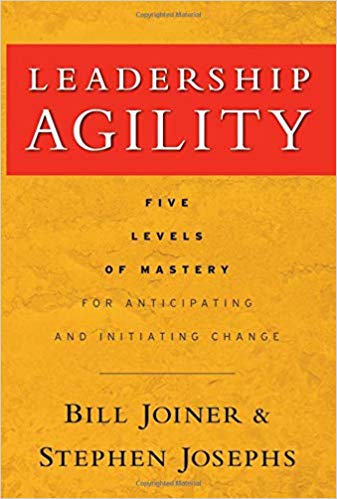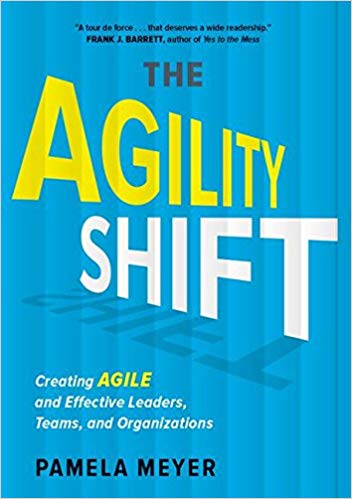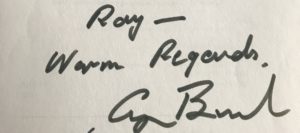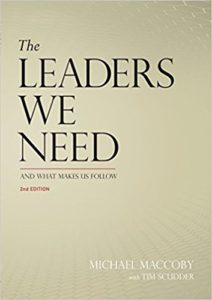
In their definitive book on the subject, Bill Joiner & Stephen Josephs define leadership agility as, “The ability to take wise and effective action amid complex, rapidly changing conditions.”[1]“Complex, rapidly changing conditions” certainly characterizes the current era that we are all experiencing, an era that has been given the name The Fourth Industrial Revolution – “a technological revolution blurring the lines between the physical, digital, and biological spheres (Klaus Schwab).”
The role that technology is having on our lives goes way beyond tools that increase our productivity and convenience. It is also profoundly changing the way we live, work and relate to each other. Think about this: it took 75 years for the telephone to get 100 million users; it was only two years for Instagram to reach 100 million users; and the Pokémon Go app only needed two months to reach 100 million! Consider the pace, pervasiveness and meaning of the societal changes represented in this one example.
When I work with leaders they often express grudging acceptance of complex, rapidly changing conditions as being the new normal. But they are still stressed and frustrated by their teams’ or their own personal inability to be agile enough to feel like they are doing more than responding to constant chaos.

How can you be more agile? First and foremost, agility requires a curious mindset that is always looking to learn. In the Fourth Industrial Revolution, subject matter expertise will be less valuable than a growth mindset that actively desires to see things differently. In the book Agility Shift[2] author Pamela Myer offers three good suggestions to put this kind of mindset into practice:
Hold Mental Models Lightly. Question your assumptions and proactively try on different perspectives to open your mind to new ideas and possibilities for action. Don’t give into an immediate impulse to disagree. Rather, ask yourself what might be good or worthwhile about something.
Adopt an Attitude of Inquiry. ASK QUESTIONS!! Studies of effective teams show that they spend equal amounts of time asking each other questions as they do advocating for particular positions or solutions. Also, be intentional about asking questions whose answers may challenge your own assumptions and biases. Microsoft CEO Satya Nadella urges “working to shift from fiefdoms of know-it-alls to a more open, collaborative culture of learn-it-alls”
Cultivate confidence. Be curious and willing to learn by seeking out experiences that will stretch you or take you out of your comfort zone. The result may be that you broaden the scope of skills you have to confidently apply to a wider range of situations and problems.
One of the jobs of
a leader is to enable wise and effective action. When the conditions are ambiguous
(what your choices are is unclear), complex (hard to analyze) and constantly changing,
agility will be an essential quality to succeed in this current age.
[1] Joiner, B., & Josephs, S. (2007). Leadership agility: Five levels of mastery for anticipating and initiating change. San Francisco: Jossey-Bass.
[2] Meyer, P. (2015). The Agility shift: Creating agile and effective leaders, teams, and organizations. Brookline, MA: Bibliomotion.




